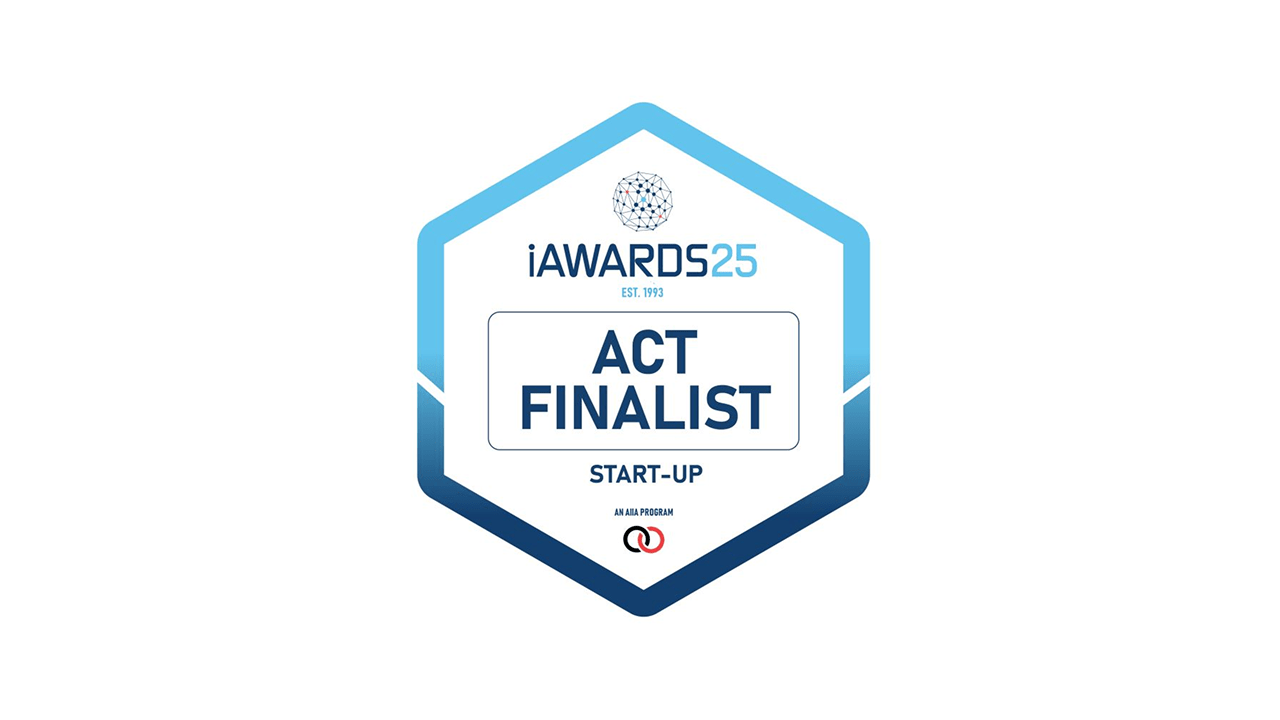 All Posts
All Posts
The Contemporary Decisioning Framework.
23 April 2025|Business, Dolium, Transformation

The Contemporary Decisioning Framework: Enhancing Decision-Making
“Empowering Modern Enterprises with, Precision, Ethics, and Intelligence.”
Learn about the contemporary decisioning framework and how it helps organizations gain a competitive edge in the digital age. In today’s era of rapid digital acceleration, competitive advantage is no longer defined solely by how efficiently organisations automate workflows or integrate technologies. Instead, it hinges on how intelligently and responsibly they make decisions. Amidst increasing complexity, regulation, and data saturation, the true differentiator lies in the ability to make high-quality, timely, and transparent decisions across every layer of the organisation.
This whitepaper introduces the Contemporary Decisioning Framework, a next-generation model that reimagines the foundation of enterprise architecture. While traditional paradigms have long centred around the People-Process-Technology (PPT) triad, this model proposes a fundamental evolution: the integration of Data as a fourth, equally critical pillar. More than just a technical layer, data becomes a directional force, aligning people, processes, and technologies toward a shared objective of decision integrity.
The Contemporary Decisioning Framework places decision-making at the heart of business operations. It argues that decisions, whether strategic, operational, or transactional, are the most auditable and impactful unit of work. As such, enterprises must adopt tools and platforms purpose-built to support this philosophy.
Enter Dolium: an operational platform designed to unify an organisation’s mission, functional structures, governance frameworks, and task-level execution. Dolium doesn’t merely map workflows; it contextualizes them. It provides a single source of operational truth, aligning organisational behaviour with strategic intent and regulatory requirements. By capturing the “golden thread” from mission to action, Dolium enables enterprises to make better decisions, faster, more transparently, and in line with ethical and compliance standards.
This whitepaper explores the principles behind this shift, the limitations of legacy approaches, and the transformative potential of decision-centric enterprise design. It is a call to rethink how we structure our organisations, not around what we do, but around how we decide.
"In the age of AI, the competitive advantage will come from how well your organisation decides, not just how well it performs." Thomas H. Davenport, Author of Competing on Analytics
1. From Transformation to Decisioning
Enterprise transformation efforts have historically centred on digitising processes and integrating systems. But as the velocity and complexity of decisions increase, transformation itself must transform. The new gold standard is not digital enablement but decision enablement. The ability to make timely, accurate, and ethical decisions across the organization, at every level, is what defines success in the modern age. "Good decision-making is the new currency of digital transformation." Jeanne W. Ross, MIT Centre for Information Systems Research
2. The Limitations of Legacy Operating Models
Traditional operating models have focused on the People-Process-Technology (PPT) triad. While foundational, this model lacks the dynamism and precision required in today's environment. Key limitations include:
- Processes are often modelled in isolation, without real linkage to business goals
- Technology is deployed without clarity on the decisions it is meant to enable
- People operate within silos, relying on tribal knowledge
- Data is often fragmented, inaccessible, or misaligned with operational contexts
3. Evolving to the People, Process, Technology, and Data (PPTD) Model
Modern enterprises must evolve from PPT to PPTD, People, Process, Technology, and Data, all converging at the point of decision.
- People must have clear decision rights and the skills to make informed choices.
- Processes must be modelled with embedded governance and traceability.
- Technology must be mapped to actual task and decision workflows.
- Data must be structured, contextual, and available at the point of decision When aligned, this model transforms decision-making from an art into a repeatable, auditable, and measurable discipline.
"You can't manage what you can't measure, and you can't measure what you can't model." Peter Drucker (adapted)
4. Introducing the Contemporary Decisioning Framework
A methodology for:
- Mapping decisions across all levels of the organisation
- Connecting decisions to tasks, processes, policies, and roles
- Ensuring that data and systems support, not distort decision quality
- Embedding ethical guide rails and governance into operational flows This framework allows enterprises to:
- Identify who makes what decisions, using what data and under what policies
- Model and simulate decisions before they are automated or delegated
- Reduce ambiguity and increase accountability in high-risk functions
Visual Model:
The Contemporary Decisioning Framework Maturity Model

"Maturity in decisioning is not about complexity, it's about clarity and confidence." Gartner, 2024
Capability Checklist: Are You Decision-Ready?
Use this checklist to assess your organization’s readiness to adopt a decisioning-centric operating model:
- Have we mapped our organisation’s core decisions and who owns them?
- Are decisions supported by real-time, contextualised data?
- Is there alignment between our technology stack and actual decision workflows?
- Do our processes embed compliance and governance at the point of execution?
- Can we trace and audit decisions, manual or automated, end-to-end?
- Do we simulate or model decisions before scaling automation?
- Are ethics and regulatory constraints embedded in our AI-enabled decisions?
- Is our organisational model flexible enough to evolve with changing data or policy inputs?
- Do all levels of our workforce understand their role in key decisions?
- Are transformation projects scoped based on how we actually operate, not how we think we operate?

Readiness Scoring Rubric
Use the rubric below to rate your organization across each capability (0 = Not in place, 1 = Basic, 2 = Developing, 3 = Advanced, 4 = Leading):

Scoring Interpretation:
- 0–10: Ad Hoc – Immediate attention needed to build a foundation
- 11–20: Defined – Capabilities emerging but not aligned
- 21–30: Aligned – Framework in place but needs refinement
- 31–35: Optimized – Strong decisioning model with room for enhancement
- 36–40: Intelligent – Best-in-class decision-ready organization
5. Why Dolium is the Platform for the Decisioning Era
Dolium is uniquely designed to support the Contemporary Decisioning Framework. It:
- Models the organisation from mission to functions, processes and tasks, showing the golden thread of operations
- Captures how people, processes, tech, and data interrelate at the point of execution
- Provides embedded policy and governance modelling, enabling ethical AI and automation
- Supports dynamic scoping for transformation initiatives, ensuring alignment with how the business truly operates
6. Ethical AI, Compliance, and Decision Auditability
With the rise of AI in decision-making, organisations must embed ethics and accountability directly into their operating models. Dolium makes this possible by:
- Making every decision pathway transparent and traceable
- Aligning automated decisions with human oversight and policy control
- Providing the auditability required by emerging regulations like the EU AI Act
7. Outcomes and Benefits
Adopting the Contemporary Decisioning Framework with Dolium enables:
- Faster, smarter, and more ethical decisions across the enterprise
- Reduced risk in automation and transformation initiatives
- Increased operational resilience and agility
- Better alignment between strategic goals and frontline execution
8. Conclusion: Decisioning is the Future of Transformation
To lead in the digital era, organizations must stop viewing transformation as a technology initiative and start seeing it as a decisioning initiative. The Contemporary Decisioning Framework, supported by Dolium, equips modern organisations to operate with clarity, confidence, and control, no matter how complex the environment.
Next Steps:
- Assess your organisation’s current decisioning maturity
- Align upcoming transformation projects to the Contemporary Decisioning Framework
- Contact the KB Technology Team today to book a free workshop.
Andy Lamrock
EVP Strategy
Recent Posts

KB Technolog Dolium, a System of Work
6 June 2025 | AI, Business, Dolium, Technology

Congratulations to KB Technology – ACT Finalist in the 2025 iAwards! 🎉
6 June 2025 | AI, Business, Dolium, Technology

From Systems of Record to Systems of Work
28 May 2025 | Dolium, Technology
